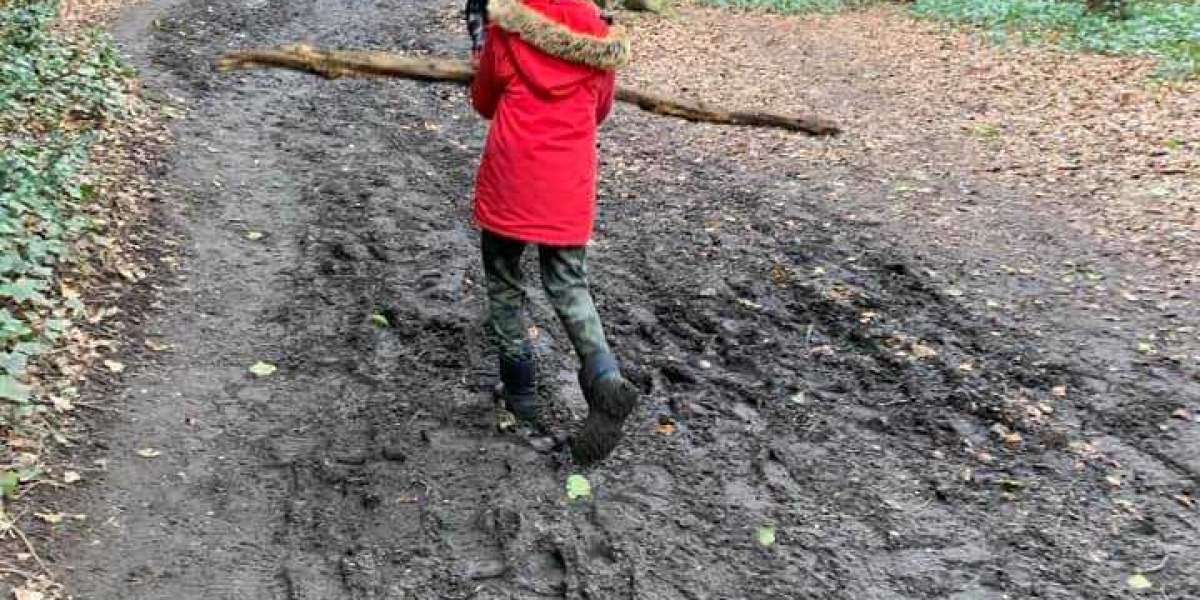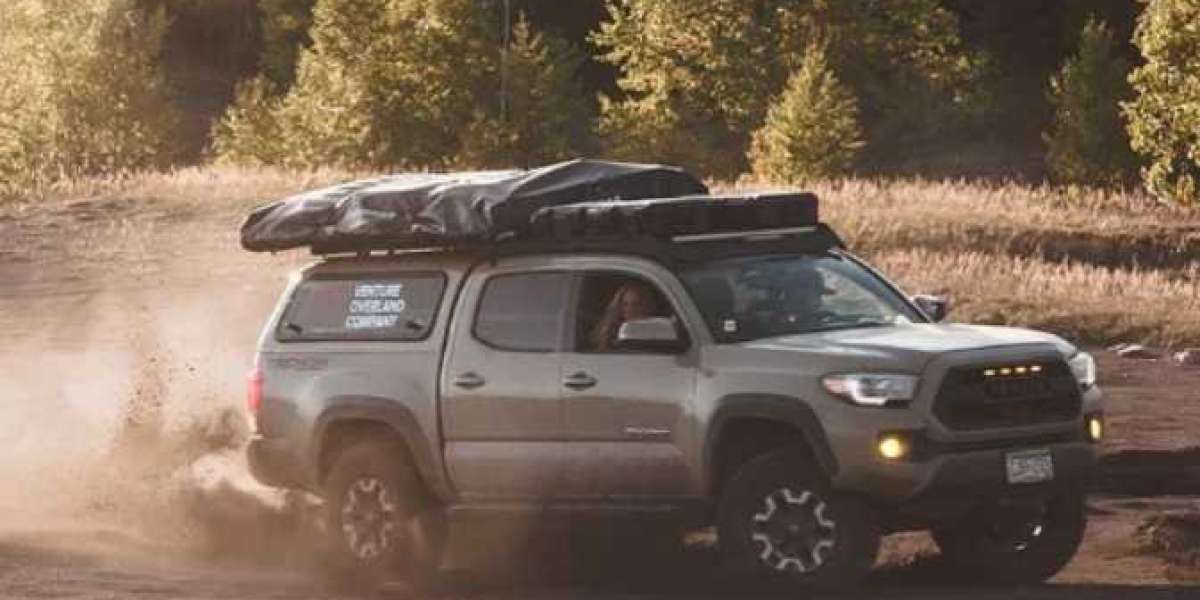I always remember my surprize the day I found my 9 year old knitting. He usually isn’t drawn to this type of activity as he struggles with pencil grasp and writing.
But I realized on this day he did a few things differently that helped him be ready to knit.
We had gone to the Common near us which is like a big green space with loads of trees, ponds, and is basically a nature playground.
It was one of those nature walks where we had to stop every moment for him to pick up sticks or acorns, climb trees, balance across logs, and wade through big puddles. At the end, he insisted on carrying a huge branch bigger than him through the Common.
This nature play activated his muscles and joints, built his shoulder and hand strength, and got his hands ready for more tricky tasks.
And as soon as we got home, he went upstairs, and cozied up in the beanbag with the knitting kit.
As a paediatric Occupational Therapist I know why this process totally works due to brain science but I was still happily surprised.
Why am I sharing all of this?
Let me explain why the sequence of events this day helped my son's fine motor skills so you then know the best place to start to help your child's pencil grasp or writing.
First of all, writing is the tip of the iceberg.
Your child’s pencil grasp and writing doesn’t tell you just about their fine motor skills and eye-hand coordination. Their writing tells you about their whole body and spatial awareness, core strength, balance and coordination. All of these skills come before writing.
When kids struggle with handwriting or pencil grasp, most people will have them do playdoh exercises, use pencil grips, and do more writing practice.
It's a nice effort, but not the right place to start and really just causes more distress in kids to be forced to do what’s difficult for them.
Kids’ grasp and writing skills develop after their gross motor, core strength, balance and coordination.
This is why before addressing handwriting, it’s important to explore the foundational sensory, physical, and emotional skills first.
Although my story told you about my son knitting, it’s similar to writing.
This is why all the climbing, digging, dragging, and whole body movements he did at the Common got his whole body ready and more stable, which helped his hands feel more coordinated to do tricky manipulative tasks like knitting.
If your child struggles with pencil grasp and writing (i.e. fine motor activities), remember to get to the root cause of their writing difficulties and help them by first activating and strengthening the whole body, followed by the hands. Using this No Writing Way™, you’ll get less resistance and more joy in your child while ultimately helping their writing even more. This is all brain science.
Munira is a paediatric Occupational Therapist and owner of ot4kids Ltd. She has been supporting neurodivergent kids’ sensory processing, coordination and writing for 25 years.
Being a mum herself, she loves helping parents feel empowered, inspired and hopeful to help their kids’ skills for writing.
She is a huge believer in getting to the root cause of a child’s difficulties and starting from where they’re at to develop the underlying skills they really need. This is why she uses the No Writing Way™ to help kids write in her Foundations for Writing program. She’s also host of the Helping Kids Write FB group for parents.
Munira is also a home educating mum to her son, and playing piano and guitar, traveling and going on foodie adventures.









Cathlene 1 Y
great info!